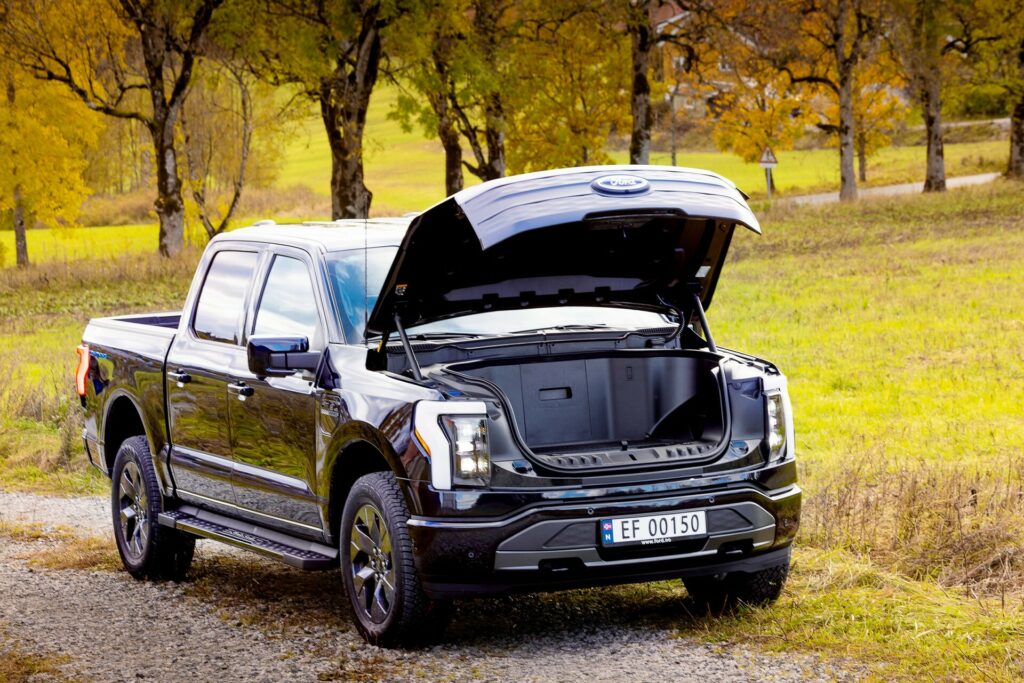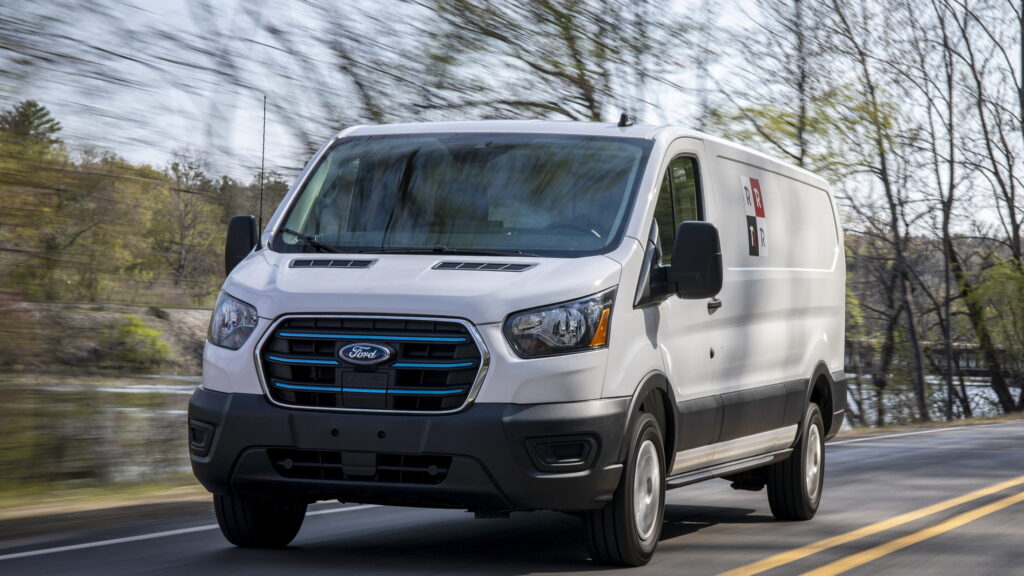- While current losses are big, they should fall in the coming years.
- Ford’s sales of EVs jumped a considerable 61% in Q1.
- It was recently revealed that Ford will reduce battery orders from three of its suppliers.
Ford is investing billions into electric vehicles, but much like many other carmakers doing the same, it’s discovered that building EVs and not losing staggering amounts of money isn’t easy.
Financial information released by Ford for the second quarter reveals the Ford Model e electric car division lost $1.1 billion. During this period, it sold 23,957 EVs in the U.S., meaning it lost the equivalent of $47,600 per EV sold. Factoring in a poor Q1, Ford E has lost $2.5 billion this year and is on track to lose between $5 billion and $5.5 billion by year’s end.
Read: 2024 Ford Mustang Mach-E Is Much Cheaper To Lease Than Tesla Model Y
During Q2, Ford sold 536,050 vehicles in its home market, a small increase of under 1%. Sales were up 3.6% to over 1 million units through the first half of the year. Importantly, demand for the carmaker’s electric vehicles spiked in Q2, jumping 61% to 23,957 units. EVs still only make up for a small fraction of Ford’s total sales, equating to around 4% through the first half of 2024.
Deliveries have also jumped for Ford’s hybrid models, hitting a record 53,822 units sold, or a 56% rise. This was primarily thanks to increased interest in the Maverick, while the Mustang Mach-E proved to be the brand’s best-performing EV.

Ford split its ICE and EV divisions in early 2022, leading to the formation of Ford Blue and Ford Model e. In May, it was revealed that Ford’s slower-than-expected sales for its EVs had prompted the manufacturer to reduce the number of batteries it has on order from suppliers like SK On Co., LG Energy Solutions Ltd., and CATL. While it’s unclear how much Ford will reduce orders, it will retain contracts with all three suppliers.
While Ford technically lost almost $50,000 for each EV sold in Q2, that figure doesn’t tell the full story. The company is investing huge sums of money into the development of new and innovative EV powertrains, and these investments will not be repeated year after year. Additionally, such investments will benefit future EVs, so it’s not entirely fair to look at its losses and divide them by units sold.




